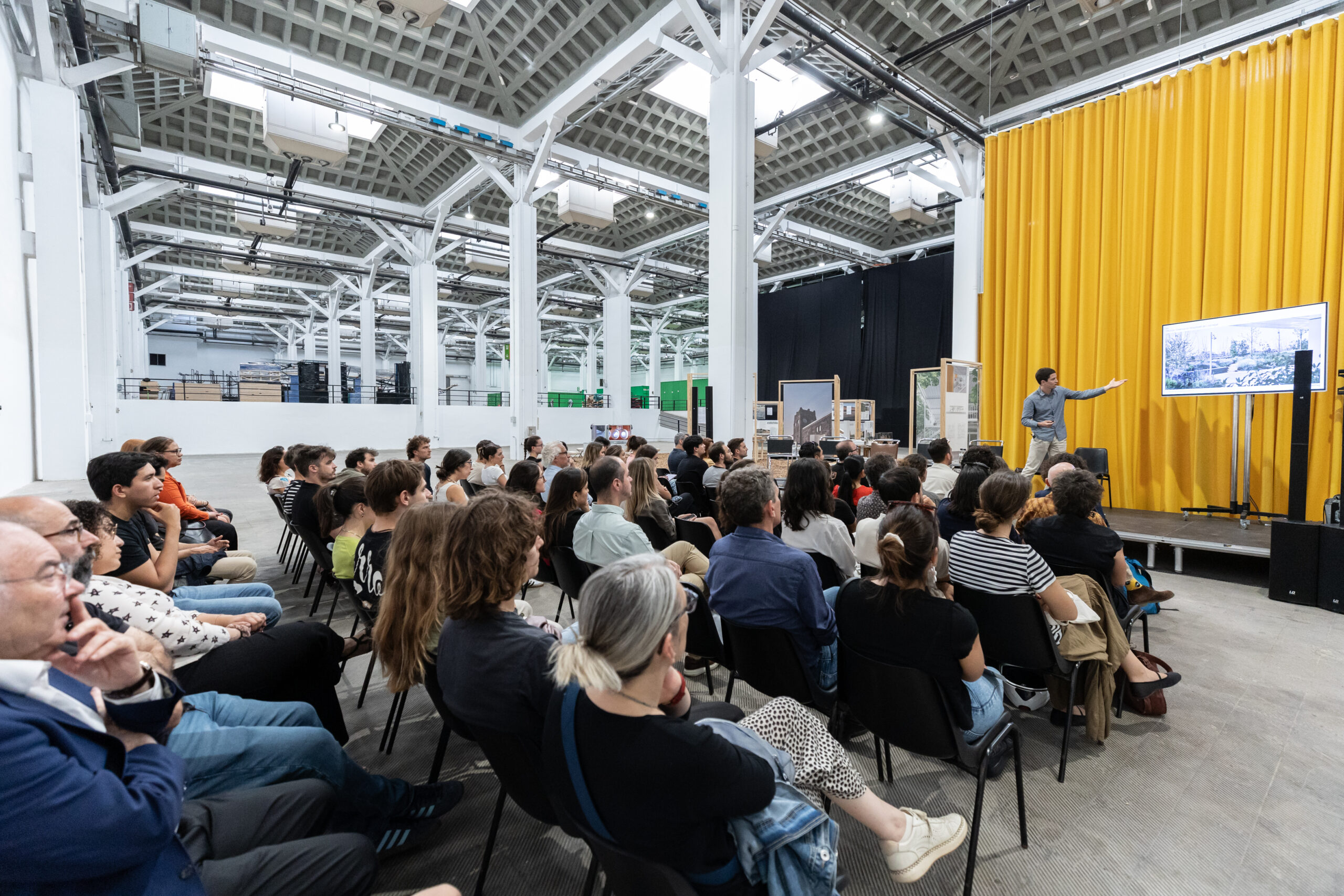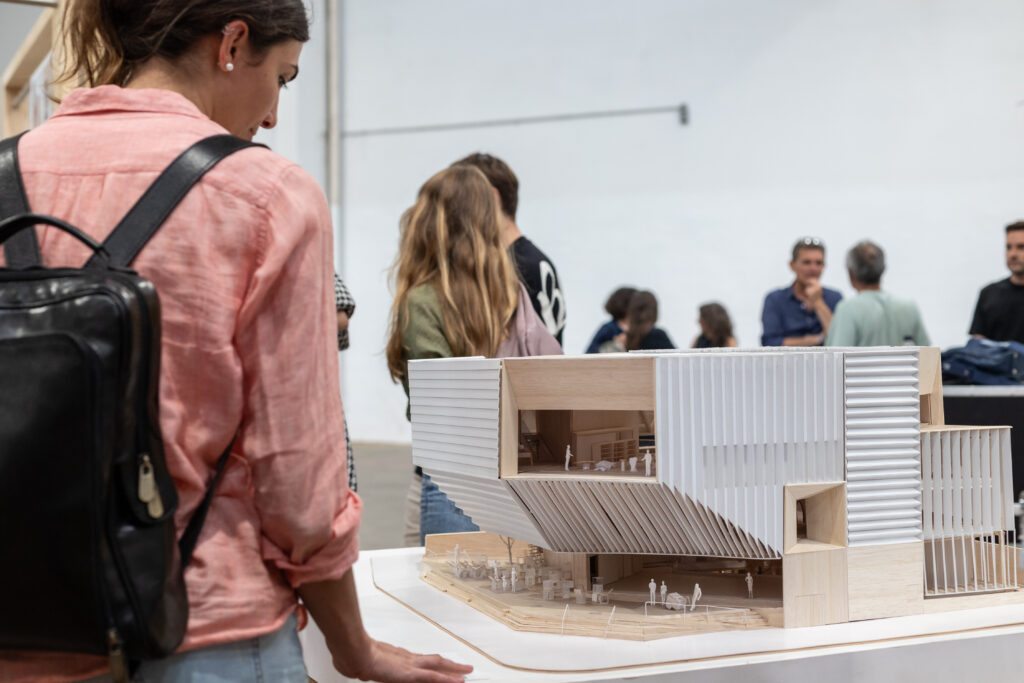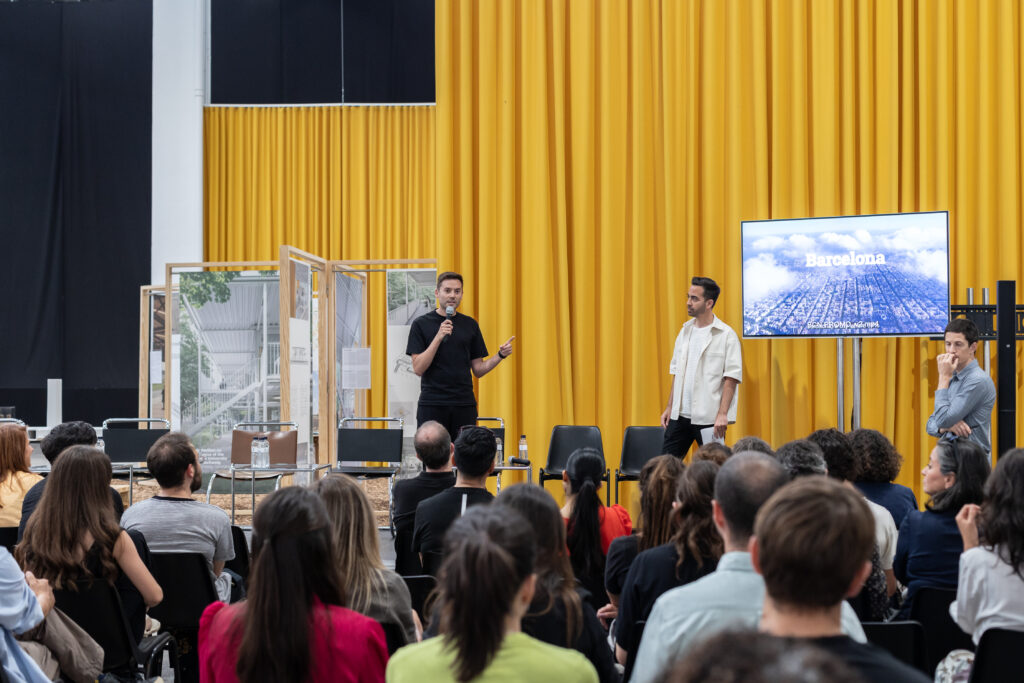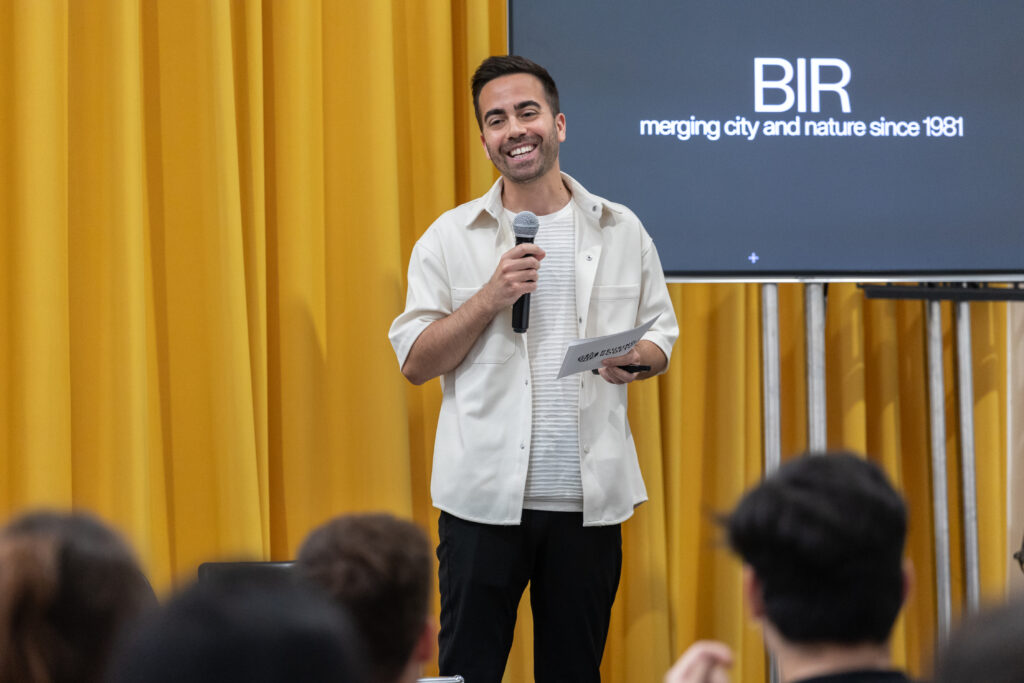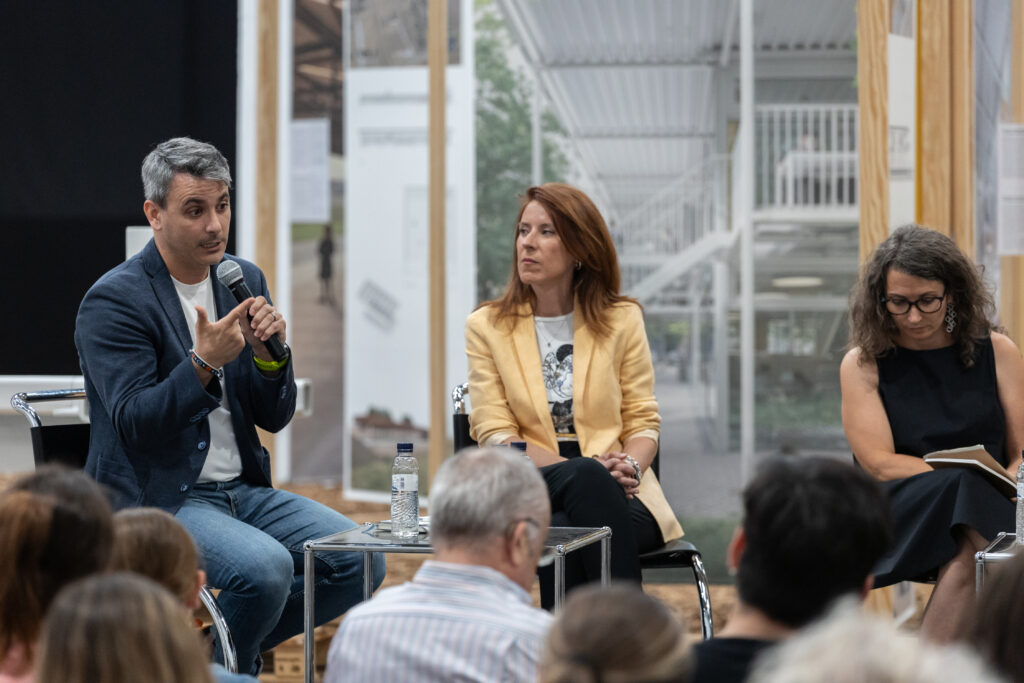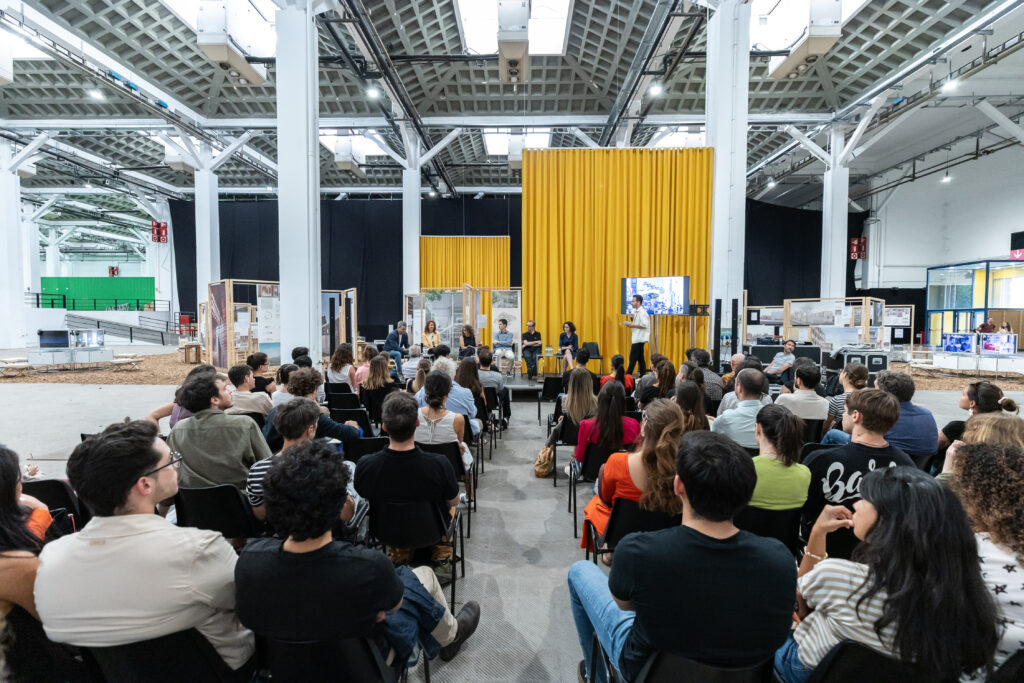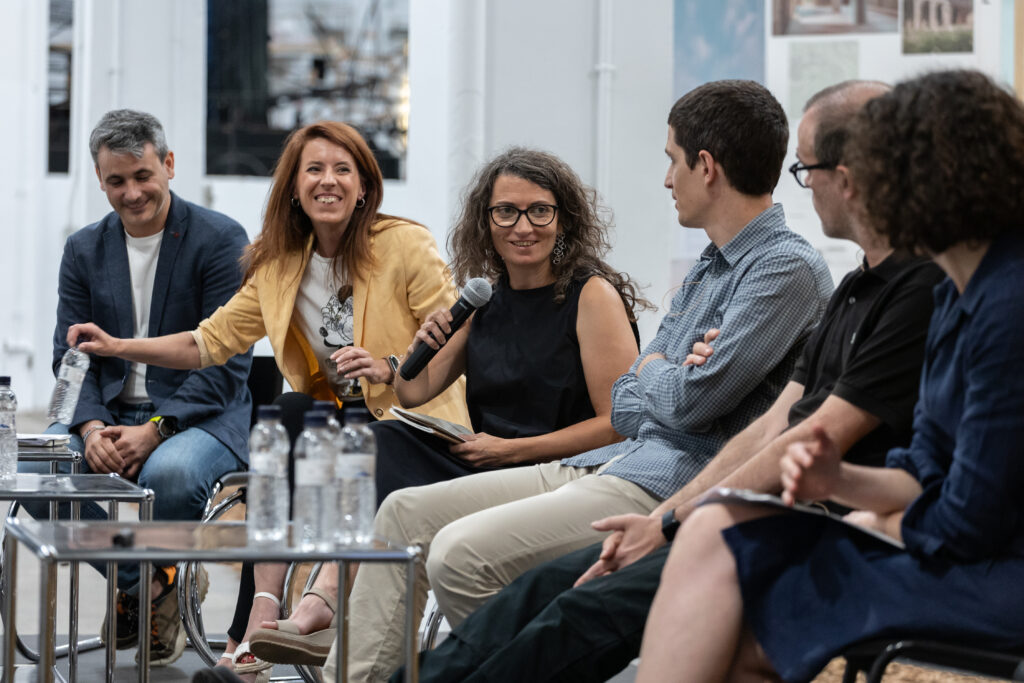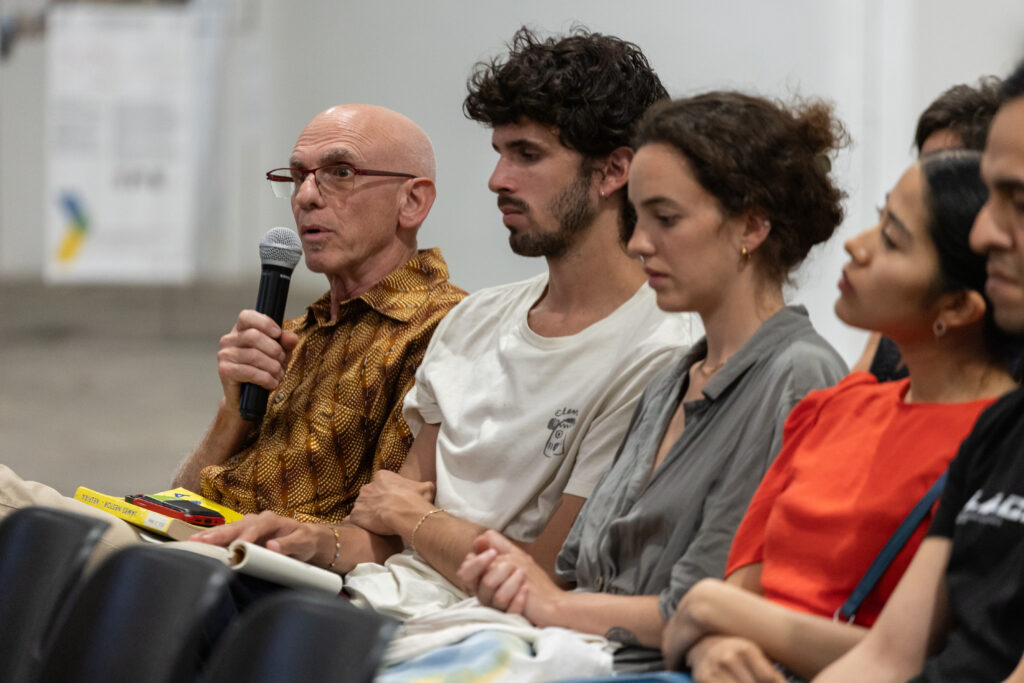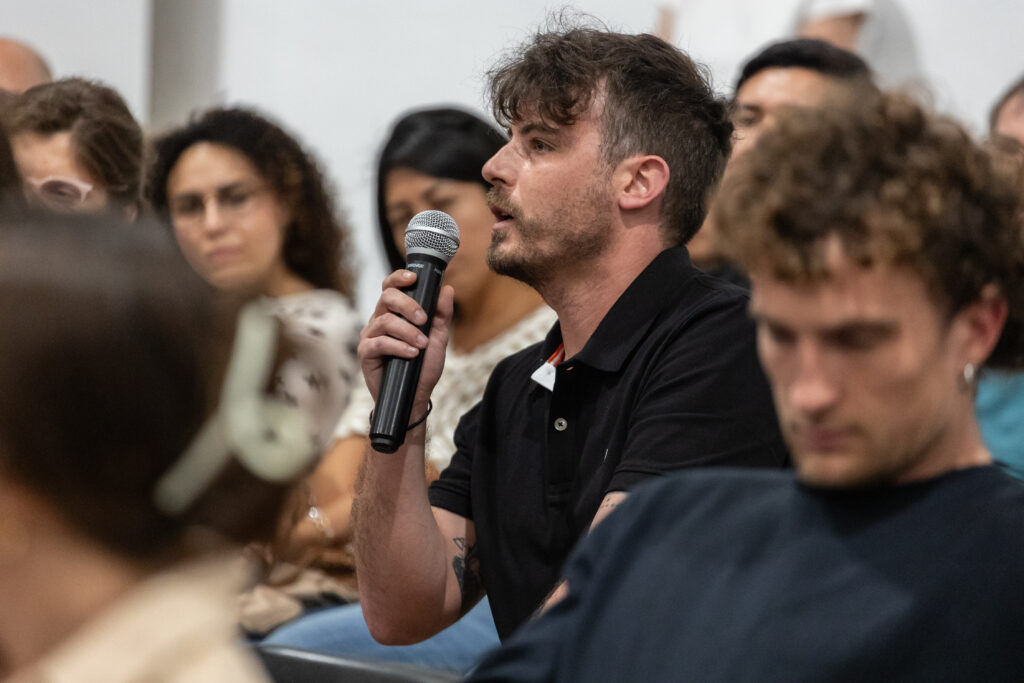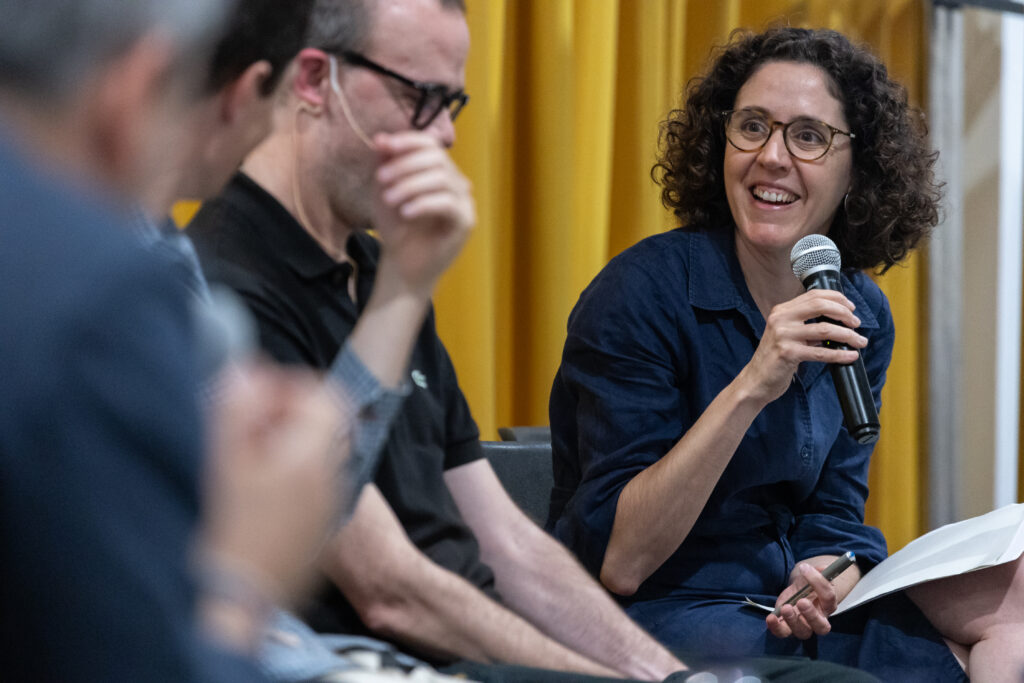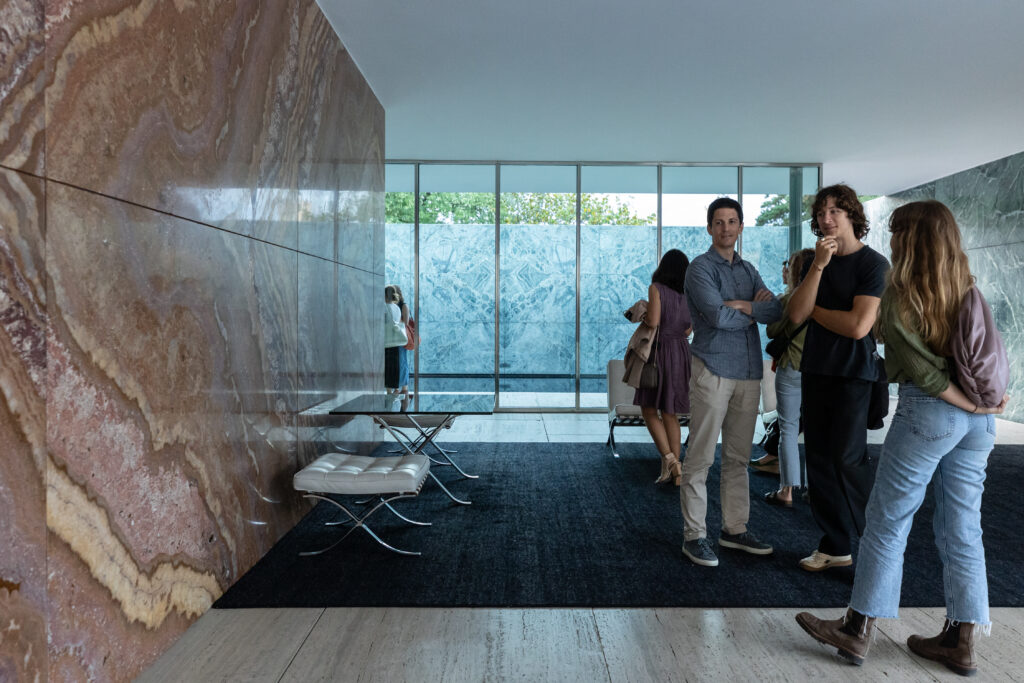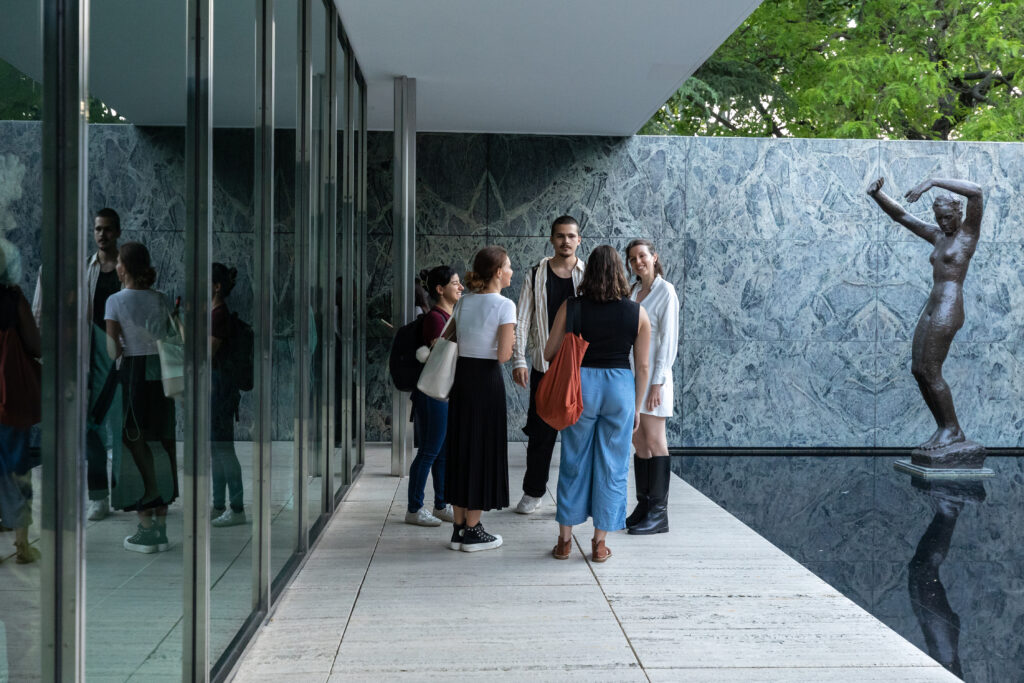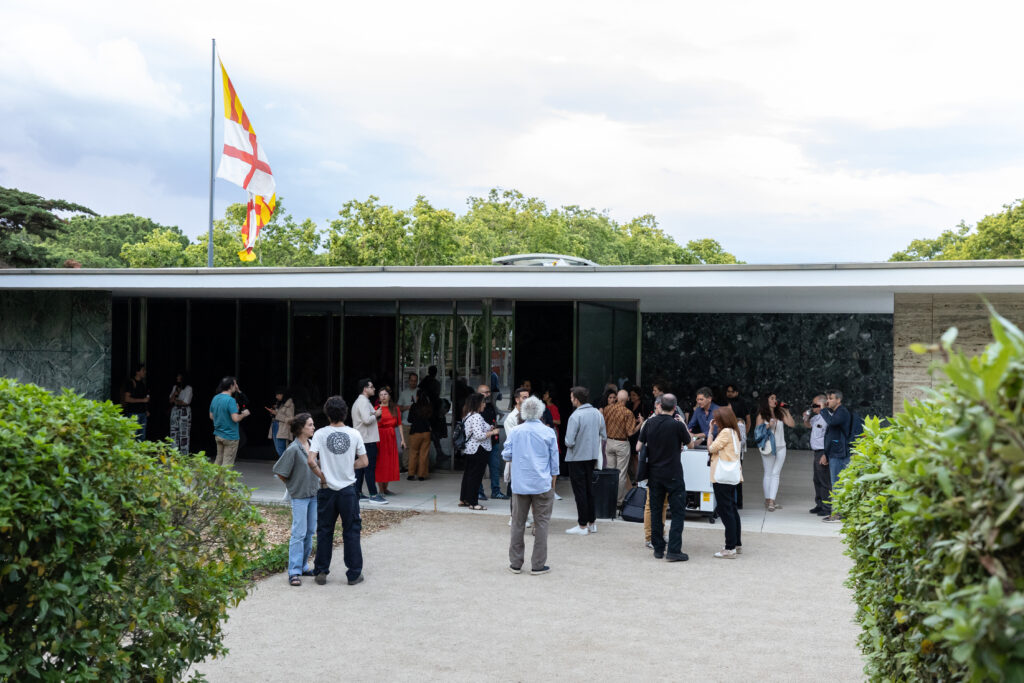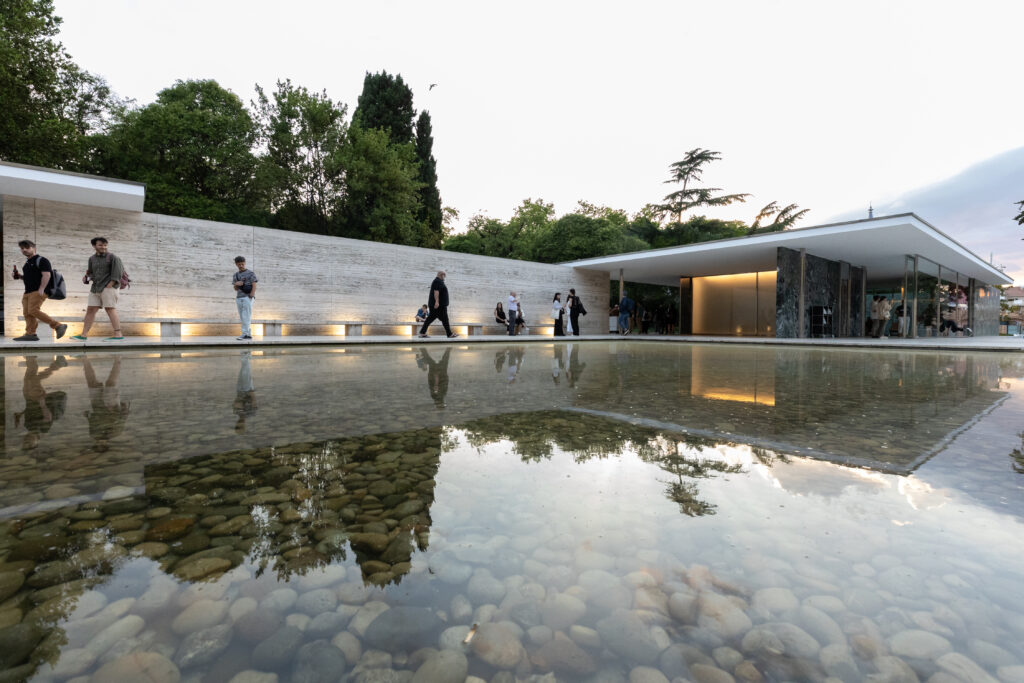Joan Batlle of Batlleiroig emphasized the importance of integrating nature into urban environments through eco-effective architecture. His presentation highlighted various projects that demonstrate how rooftops can be transformed into green, productive spaces that enhance biodiversity and improve urban sustainability. Examples included the restoration of the Garraf Controlled Landfill into a natural park and the creation of biophilic spaces in urban settings, showcasing how thoughtful design can lead to substantial environmental and social benefits.
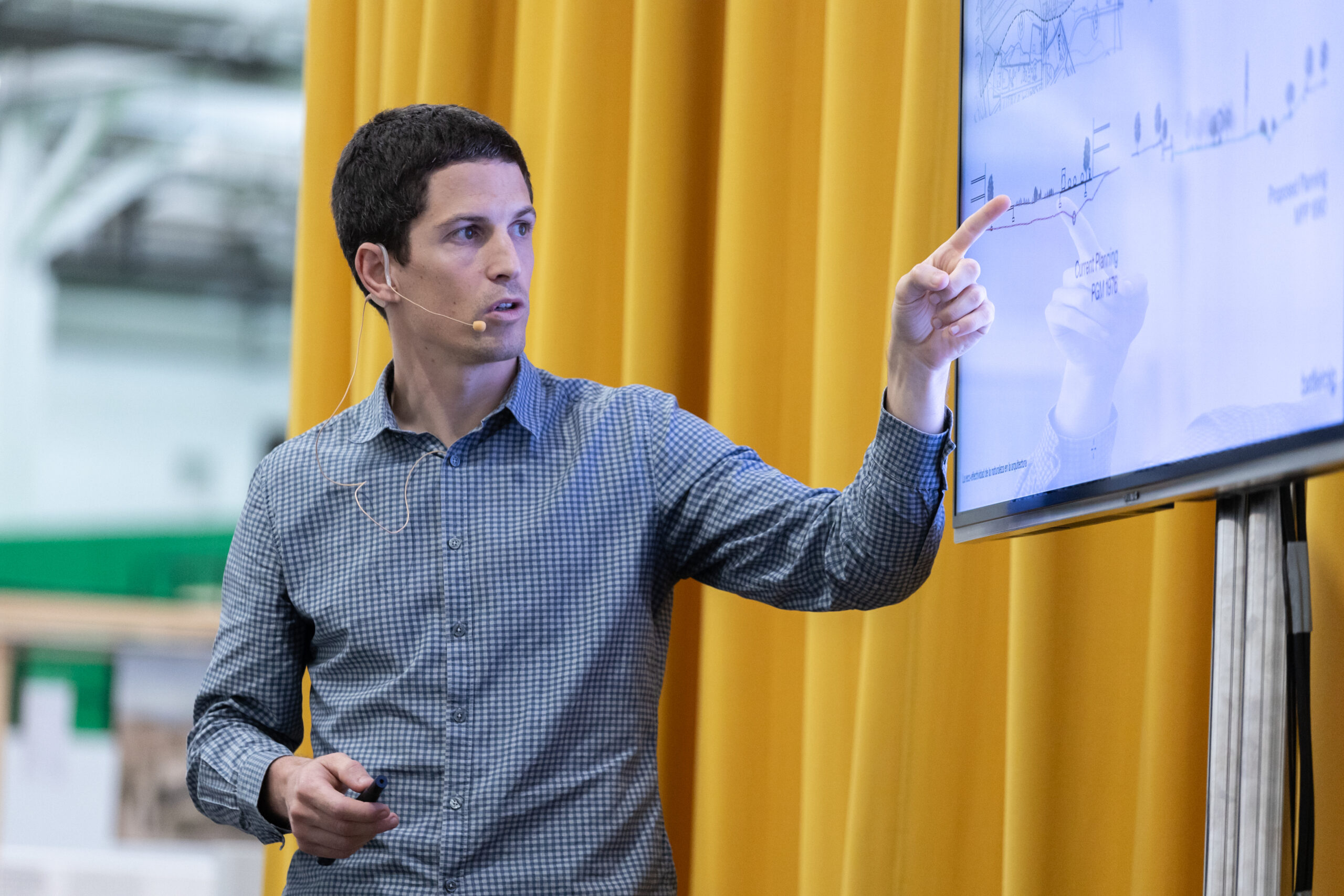
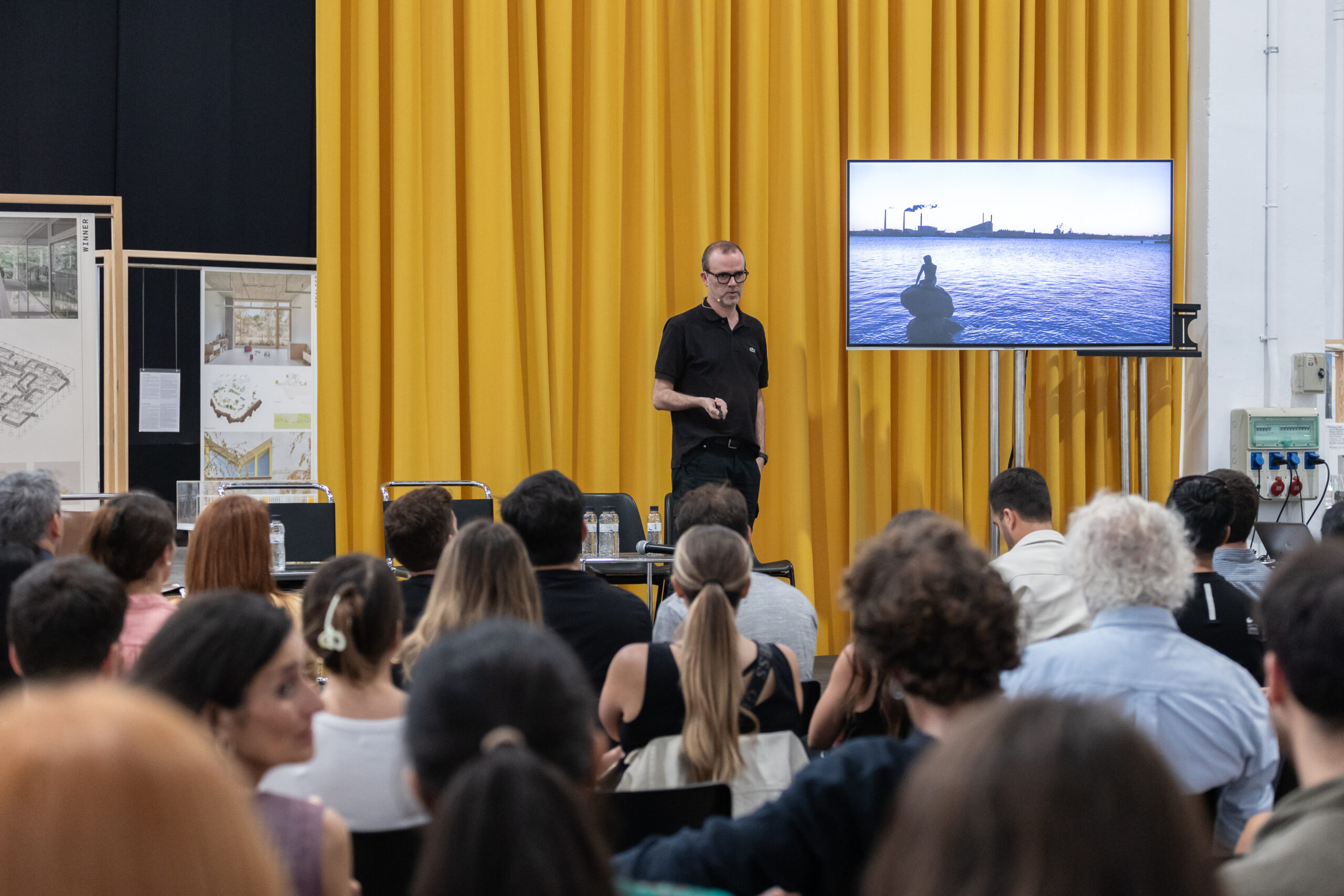
The round table provided an invaluable platform for discussing the practical aspects and potential incentives for implementing green roofs. The public administration highlighted possible incentives, including financial subsidies, to encourage the adoption of green roofs. We delved into the successful case of Singapore, where the government promotes urban greening with up to a 50% subsidy for green rooftops to mitigate city heat. Industry representatives also contributed significantly to the discussion. Raúl Álvarez from Soprema introduced innovative products like Skywater, which focuses on phytodepuration of greywater, offering a sustainable method to treat and reuse water. Julia Gómez from Sika discussed cutting-edge products that notify the Building Management System (BMS) immediately when a water leak occurs, preventing damage before it becomes visible. All of the participants emphasized the critical role of maintenance and the need for economic incentives to make green roofs a viable option for property owners. This multi-faceted discussion underscored the collaborative effort required to integrate green rooftops into urban planning successfully.
We extend our heartfelt thanks to our partner in this initiative: the Mies van der Rohe Foundation, our main sponsors Soprema Iberia and Sika España, and our collaborators Sempergreen, ASESCUVE, Zinco Cubiertas, BIG, Batlleiroig, MVRDV, and Porras Guadiana Arquitectos. Their invaluable support and collaboration made Reusing Rooftops Barcelona 2024 a resounding success.


